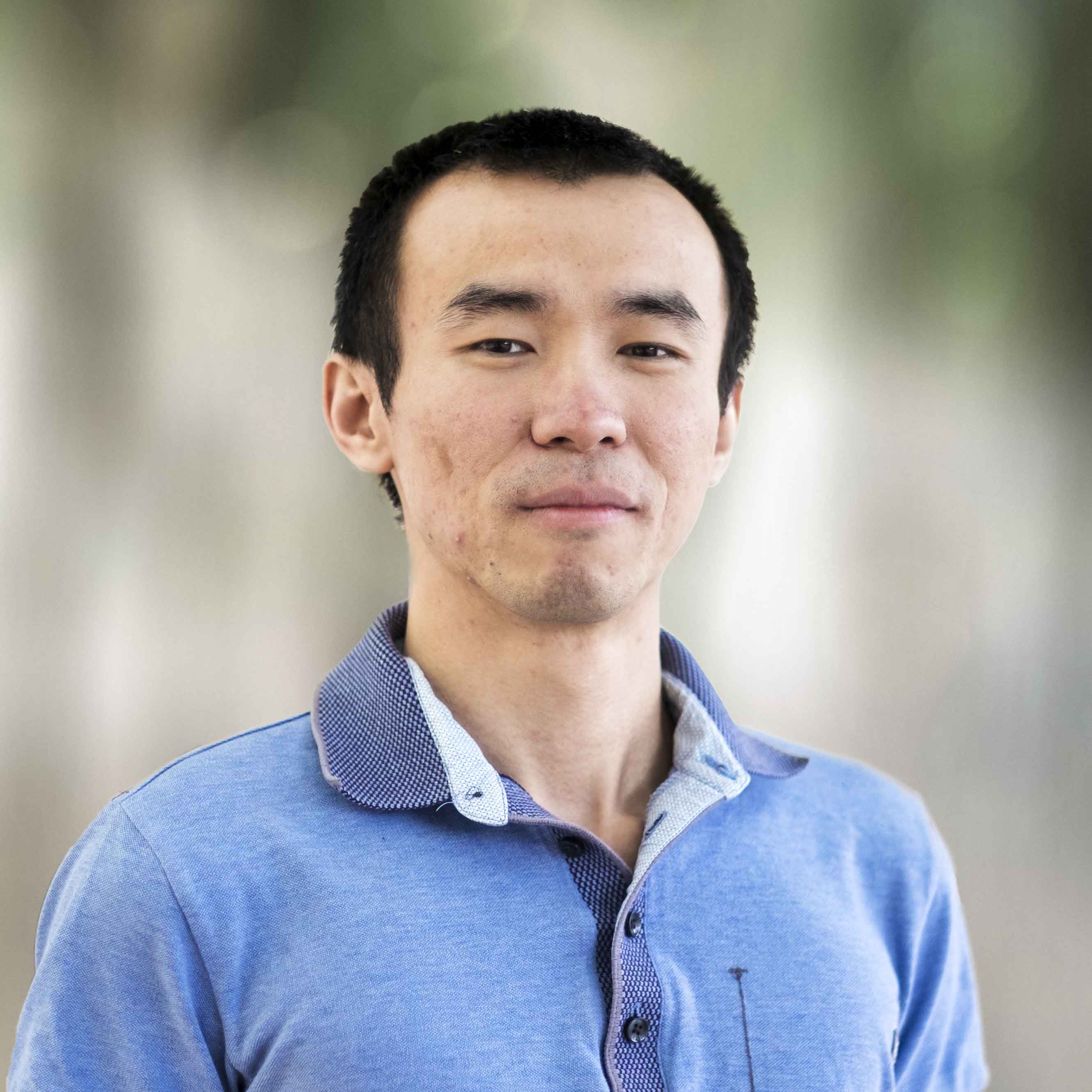Unraveling the Innovation Ecosystem of Artificial Intelligence
Principal Investigator:

Professor Qing KE
Assistant Professor, School of Data Science
Co-Principal Investigator:

Professor Qingpeng ZHANG
Associate Professor, School of Data Science
Project Period: 1 November 2022 - 31 October 2024
Artificial intelligence (AI) research is a field that strives for human intelligence demonstrated by machine. It has a long history, dating back to the 1940s and 50s when a number of ideas were introduced by scientists from several fields, including Wiener’s cybernetics and Pitts and McCulloch’s networks of artificial neurons. Modern AI technology, as represented by machine learning in general and deep learning in particular, has become feasible only recently due to the availability of massive amount of digital data fueled by powerful computing devices like GPUs. Despite its recency, modern AI has been quickly realized for its tremendous implications for a series of domains, from medicine and health care, workforce and labor market to transportation, finance, and digital governance, and consequently it has been attracting attention from researchers and practitioners across the discipline spectrum.
The widespread embrace of AI has prompted the proposition that AI is an example of general purpose technologies (GPTs) [1, 2]. GPTs are “enabling technologies”, “invention for the method of invention”, bearing the potential for pervasive applications in a wide range of sectors and enabling the generation of follow-on innovations that improve productivities in these applied sectors. Throughout the history of the last few centuries, only a few of inventions have been labeled as GPTs: Steam engine, replacement for human and animal motor power, found applications in textiles, mining, and transport and enormously improved productivities, linking undeniably to the supremacy of the Great Britain. Electricity, internal combustion engine, microelectronics, and computers are contemporary examples of GPTs, and they similarly have revolutionized the economy and connected to the ascendancy of the US. Just like these previous GPTs, AI can also be widely applied in diverse domains, as many domain applications can be formulated as prediction problems, which fit to the prevailing paradigm of modern AI techniques [3]: Autonomous driving involves continuous predictions in the action space, and the lengthy process associated with drug development would be reduced if machinery for accurate predictions of chemical properties and drug target becomes available.
Given the GPT potential of AI, it may not be surprised that policymakers have drawn considerable attention to AI and many governments across the world have announced national strategies to strengthen their AI sectors, seeing that countries that are able to develop strong AI industries will be more likely to gain competitive advantage. In the US, for example, the National AI Initiative Act of 2020 (https://www.ai.gov) became law in 2021 to “advance U.S. leadership in AI”. In 2017, China’s State Council unveiled an initiative titled Next Generation Artificial Intelligence Development Plan [4]. Such initiatives collectively have created the rhetoric of the “global AI race”.
As with many other policymaking scenarios, quantitative insights into the status of AI development would support evidence-based policymaking. Therefore, the overarching goal of this project is to unravel the innovation ecosystem around AI. Our proposal differs from and further improves upon previous research in two critical aspects. First, while previous research has concerned about various dimensions of AI separately, especially the output (i.e., papers and patents; see, for example, annual AI Index reports from the Stanford Institute for Human-Centered Artificial Intelligence [5]), we view AI as an innovation ecosystem [6, 7] where numerous components interact, and our aim is to uncover their complex and intricate relationships. Our rationale for this focus is that it is precisely the networked nature that defines GPTs, and the postulation of AI as GPTs requires us to gain an understanding of how AI has been creating waves of changes that propagate across sectors. Such an understanding, however, has been lacking so far, availing which would point to policy efforts to strengthen AI. Second, we study the AI ecosystem at a much finer level, distinguishing different AI techniques. This fine-grained analysis will allow us to discern heterogeneous GPT-likeliness of AI techniques.
The primary objectives of this project are listed below:
- To determine artificial intelligence (AI) research papers and inventions.
- To identify breakthrough AI papers and inventions.
- To characterize leading researchers/inventors, institutions, and countries that are prolific in producing AI breakthroughs.
- To assess whether and which categories of AI techniques embody the characteristics of general purpose technologies.
- To quantify specializations in AI techniques by countries and cities.
- To build institution networks capturing mobility of AI talents and to measure relatedness between AI and other scientific and technological fields.
- To establish how AI talent flows and relatedness are two drivers that shape the development by countries and cities in gaining specializations.
References
- Bresnahan, T. F., & Trajtenberg, M. (1995). General purpose technologies ‘Engines of growth’?. Journal of Econometrics, 65, 83-108.
- Cockburn, I. M., Henderson, R., & Stern, S. (2018). The impact of artificial intelligence on innovation. National Bureau of Economic Research Working Paper 24449.
- Agrawal, A., Gans, J., & Goldfarb, A. (2018). Prediction machines: the simple economics of artificial intelligence. Harvard Business Press.
- 国务院关于印发新一代人工智能发展规划的通知. 2017.
- Stanford Institute for Human-Centered Artificial Intelligence. (2022). AI Index Report.
- Autio, E., & Thomas, L. (2014). Innovation ecosystems (pp. 204-288). The Oxford Handbook of Innovation Management.
- Lundvall, B. A., & Rikap, C. (2022). China's catching-up in artificial intelligence seen as a co-evolution of corporate and national innovation systems. Research Policy, 51, 104395.
- Frank, M. R., Wang, D., Cebrian, M., & Rahwan, I. (2019). The evolution of citation graphs in artificial intelligence research. Nature Machine Intelligence, 1, 79-85.
- Giczy, A. V., Pairolero, N. A., & Toole, A. A. (2022). Identifying artificial intelligence (AI) invention: A novel AI patent dataset. Journal of Technology Transfer, 47, 476-505.
- O’Meara, S. (2019). Will China lead the world in AI by 2030. Nature, 572, 427-428.
- Ahmed, N., & Wahed, M. (2020). The de-democratization of AI: Deep learning and the compute divide in artificial intelligence research. arXiv preprint arXiv:2010.15581.
- Hall, B. H., & Trajtenberg, M. (2004). Uncovering GPTs with patent data. National Bureau of Economic Research Working Paper 10901.
- Yuan, S., Shao, Z., Wei, X., Tang, J., Hall, W., Wang, Y., ... & Wang, Y. (2020). Science behind AI: The evolution of trend, mobility, and collaboration. Scientometrics, 124, 993-1013.
- Hidalgo, C. A., Klinger, B., Barabasi, A. L., & Hausmann, R. (2007). The product space conditions the development of nations. Science, 317, 482-487.
- Hidalgo, C. A., & Hausmann, R. (2009). The building blocks of economic complexity. PNAS, 106, 10570-10575.
- Frenken, K., Van Oort, F., & Verburg, T. (2007). Related variety, unrelated variety and regional economic
growth. Regional Studies, 41, 685-697.